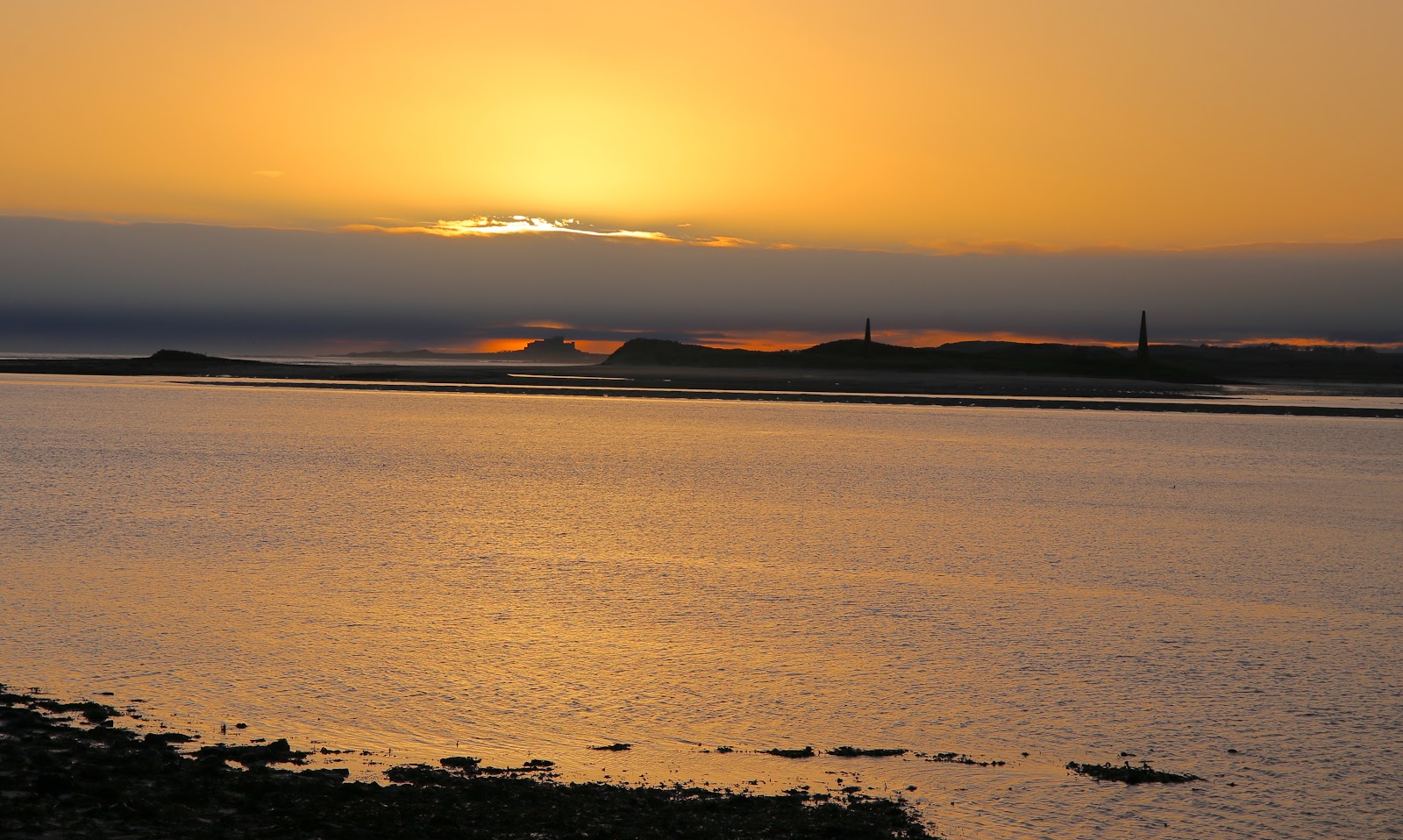Earlier this week, I travelled to Lindisfarne, also known as Holy Island, off the Northumbria coast. The island was the site of a Viking raid in the summer of AD 793 that is often cited as the beginning of the Viking Age, for the raid was thought to mark a new ferocity in the Norse incursions into Britain.
These days, historians tend to emphasise that raids of various kinds were taking place before then and in other countries, and that we need to be cautious about claiming start dates of this kind. But, all the same, Lindisfarne remains very central in the story of the terrors that Vikings inflicted in the eighth to tenth centuries, and in accounts of their attacks on undefended abbeys and other Christian holy sites, in particular.
Though the island is separated from the mainland by a tidal plain that can only be crossed at low tide, it is also noticeably open and unprotected: it seems to greet the sea and the countryside around it. At sunrise on a clear winter's day, the stillness and peacefulness of the area made the island's choice as the site of an abbey seem perfectly understandable, even all this time on. A place that was both apart and part of its surroundings.



